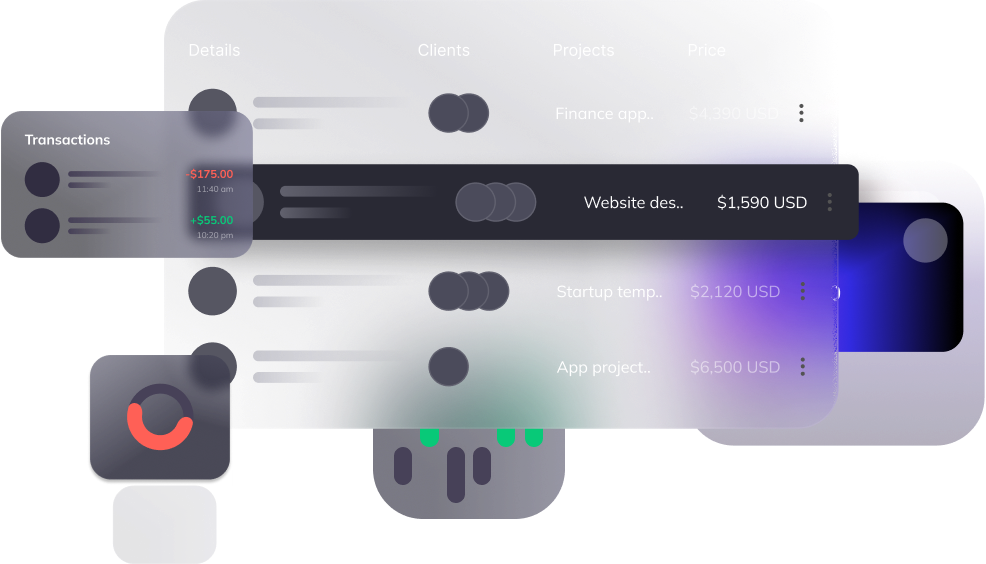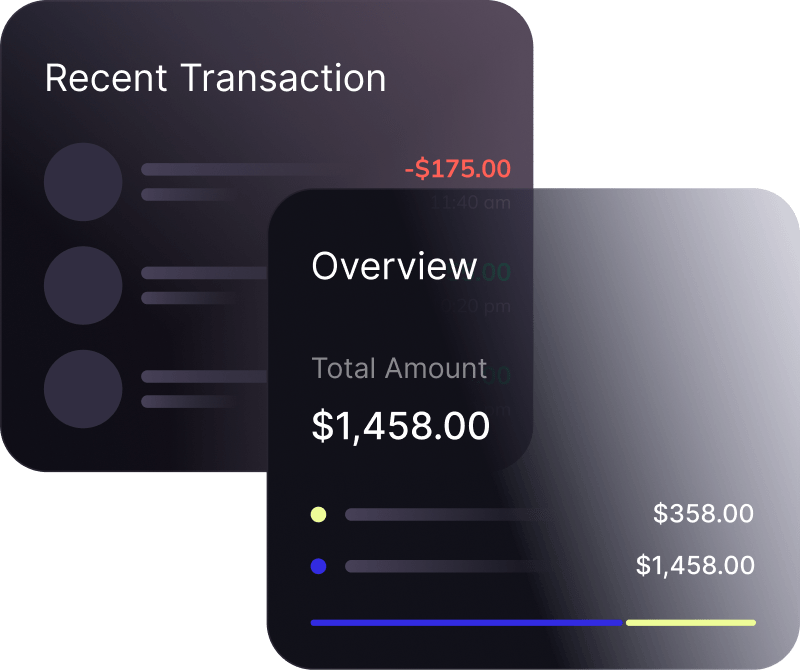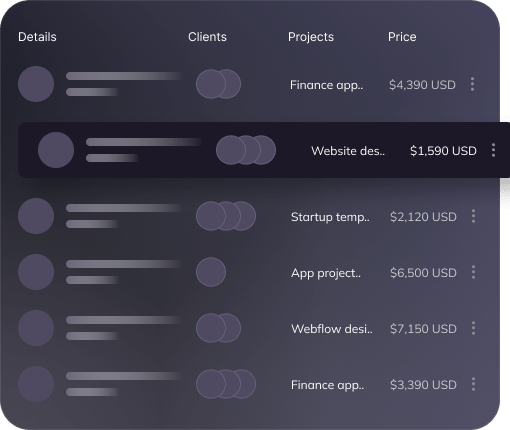Best of the 2024 voip white label platform for reseller
Manage Everything On A Single Platform
welcome to a new system for billing your voip platform with the worldwildly used billing system Stripe…Known as Webtechnicom

Accept and optimize payments, globally
Startups build on Stripe to launch faster
adapt as they grow
automate workflows to do more with less
Build your own API-based integration
use our low- to no-code solutions
collect one-time or recurring payments from customers.
prebuilt payment page that’s optimized for conversion.
A fully integrated suite of financial and payments products
Save engineering time with unified payments functionality
your teams can build what you need on one platform.
Customize and deploy payments interfaces directly from the Stripe Dashboard.
Connect Stripe to over a hundred tools including Adobe, Salesforce, and Xero.
Create an app just for your team or for the millions of businesses on Stripe.
App Store Rating
Downloads
Raised
Helping Financial Company Grow with Technology
Millions of companies of all sizes use Stripe online and in person to accept payments, send payouts, automate financial processes, and ultimately grow revenue and also from Ireland voip provider, million of user use DIDWW the best DID provider and TRUNK processor for your own brand server IP signal…
To create your own brand settings for the SIP A DNS records for the signal sip.webtechnicom.net, you would need access to the DNS management settings for your domain. Here are the steps to follow:
- Log in to your domain registrar or DNS hosting provider’s website.
- Navigate to the DNS management section.
- Look for the option to add or manage DNS records.
- Locate the A record section and click on “Add new record” or a similar button.
- In the “Name” or “Host” field, enter “sip” or the desired subdomain (e.g., “mysip” or “voip”).
- In the “Value” or “IP Address” field, enter the IP address associated with the signal sip.webtechnicom.net server. (83.166.128.180)
- Save the changes, and the new A record for your subdomain will be created.
Please note that DNS propagation can take some time, typically up to 24 hours, for the changes to take effect globally. After the propagation period, you should be able to use your custom SIP domain.
Remember to consult the documentation or support resources provided by your domain registrar or DNS hosting provider if you encounter any specific issues or require further assistance with DNS record management.

Helping Small Businesses Grow
Reduce costs, grow revenue, and run your business more efficiently on a fully integrated platform. Use Stripe to handle all of your payments-related needs, manage revenue operations, and launch (or invent) new business models.
Create an invoice
accept an in-person payment with your phone
or share a payment link directly from your Dashboard to start generating revenue in minutes—no code required.
Helping Financial Company Grow with Technology
Use Stripe with your stack
We offer client and server libraries in everything from React and PHP to .NET and iOS.
Try no-code options
Customize and deploy payments interfaces directly from the Stripe Dashboard.
Explore prebuilt integrations
Connect Stripe to over a hundred tools including Adobe, Salesforce, and Xero.
Build on Stripe Apps
Create an app just for your team or for the millions of businesses on Stripe.
Ship more quickly with powerful and easy-to-use APIs
We obsess over the maze of gateways, payments rails, and financial institutions that make up the global economic landscape so that your teams can build what you need on one platform.
Low- and no-code options for getting started
If you’d like to use Stripe for your business but don’t have developers on staff, no problem. We have a few options depending on your needs.
Accept and optimize payments, globally
Increase authorization rates, optimize your checkout conversion, and offer local payment methods in every market.


Capture recurring revenue
Support recurring business models, minimize churn, and automate finance operations.
Helping Financial Company Grow

Testimonials
You can use Stripe not only to accept payments but also to quickly support new markets, upgrade existing systems and tools, go direct-to-consumer, and engage customers with subscriptions and marketplaces. Get expert integration guidance from our professional services team and certified partners so you can see value with Stripe faster.
Axel Farrow
Senior Team Executive
Stripe makes moving money as easy and programmable as moving data. Our teams are based in offices around the world and we process hundreds of billions of dollars each year for ambitious businesses of all sizes.“
Renesmee Thomas
Senior Data Engineer
“Explore our directory to find out-of-the-box solutions that connect with Stripe, such as Squarespace and Lightspeed.“
Kason Espinosa
Direct Communications Designer


Remember, building a customer panel can be a complex task, and it may require the help of experienced developers or web development agencies if you don’t have the necessary skills or resources.
here you can create your stripe account for billing your DIDWW account…